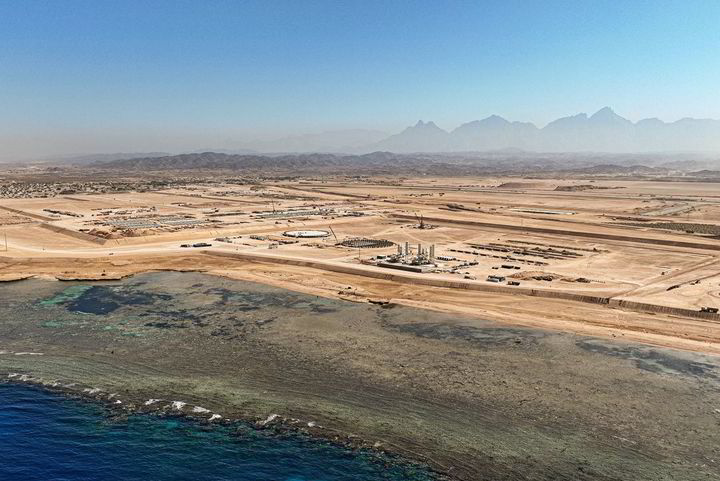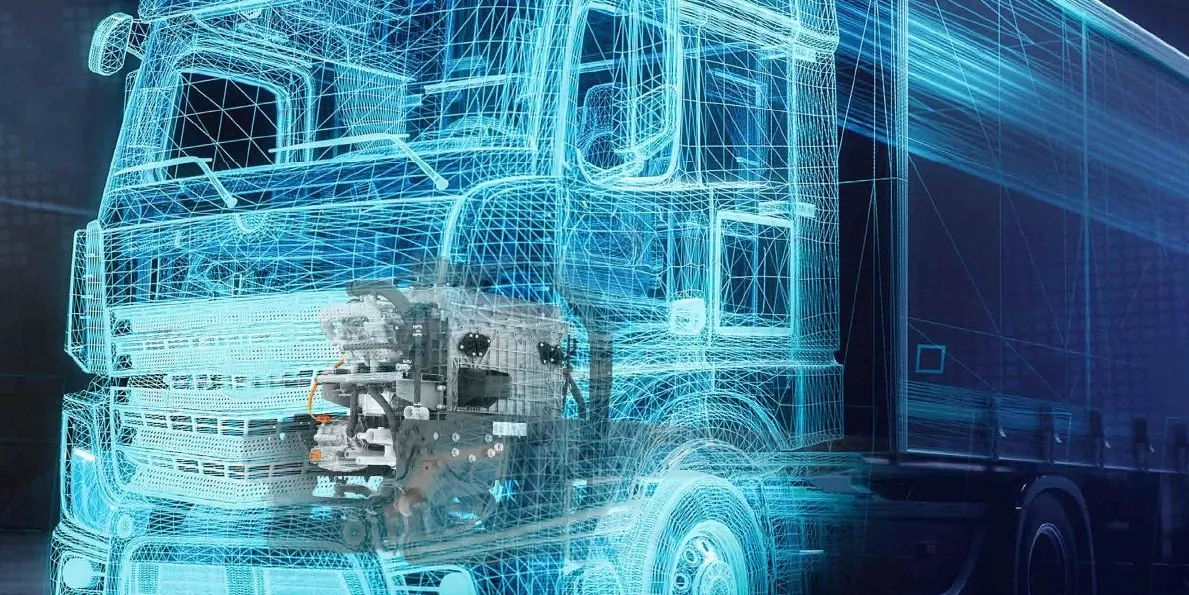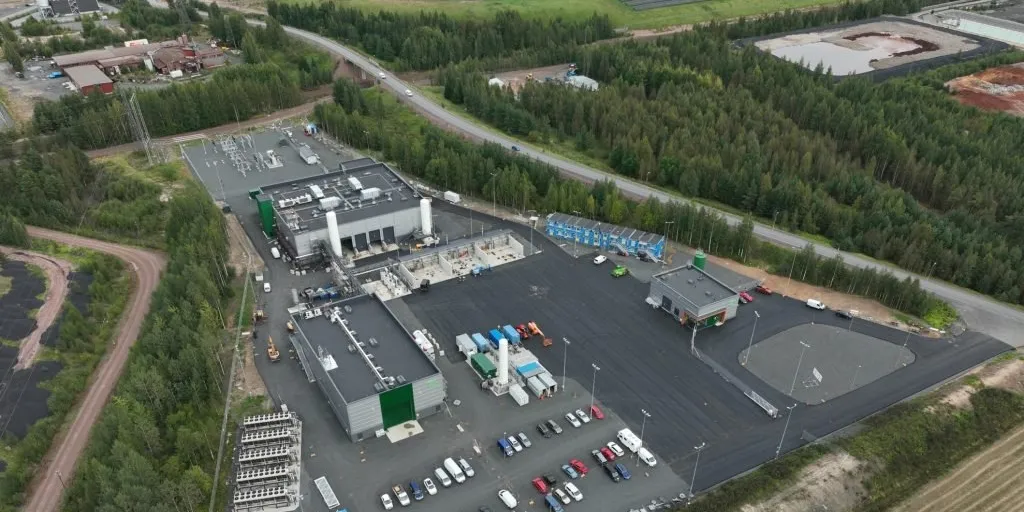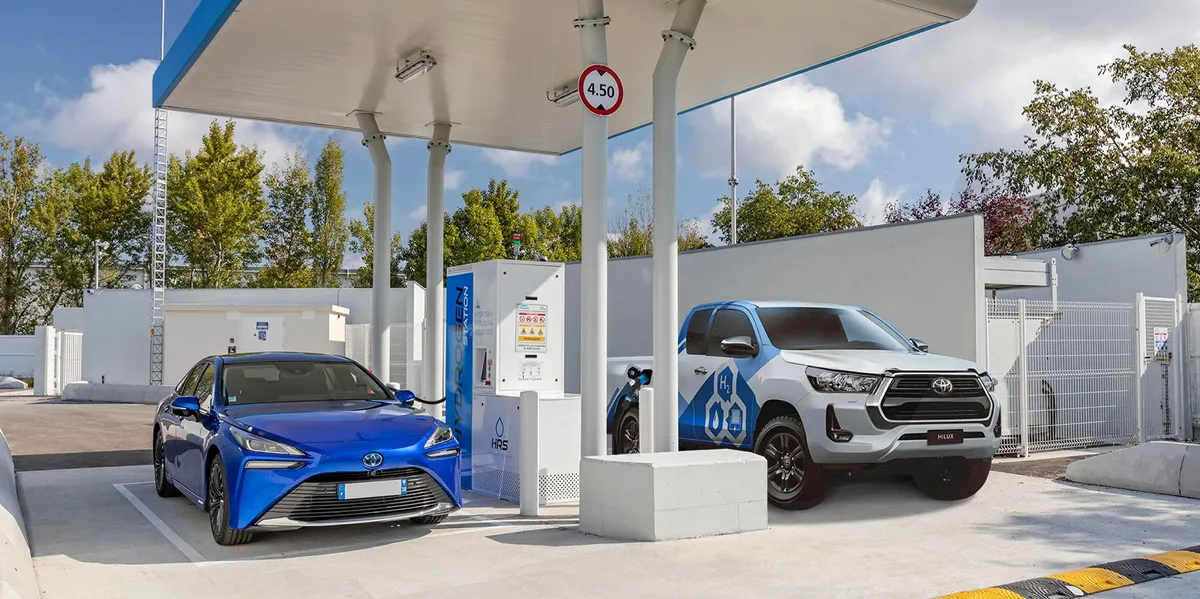
Recent headwinds on green hydrogen roll-out are ‘constructive’, not a sign of looming failure: RMI
The Rocky Mountain Institute (RMI), a US non-profit organisation, expects 2024 will be a year of “significant progress” for green hydrogen despite major headwinds. A growing number of green hydrogen projects have been shelved or scrapped this year amid rising costs, while delays to the roll-out of production tax credits in the US and H2 subsidies in the EU have resulted in slower-than-expected progress in the industry.
EXCLUSIVE | This Shell-backed project to ship vast volumes of liquid green hydrogen from Portugal to the Netherlands has been scrapped
Read more
RMI also notes that the International Energy Agency has revised down its figures for how much hydrogen will be needed to meet net zero by 2050, in part due to the expectation that more sectors will be directly electrified rather than depending on H2. However, the sustainability-focused research institute remains positive about the sector's progress. “We believe these are signs of constructive iteration in the market, not of looming failure,” it wrote in a blogpost entitled: “Hydrogen State of the Union”. RMI expects that 2024 will be a take-off year for green hydrogen as a sector for a number of reasons.Article continues below the advert Firstly, supportive policy either directly subsidising hydrogen projects or incentivising the use of H2 in industry has already been locked in across major markets, including the US, EU, Canada, Japan, South Korea, China, Australia, and India. “Even though 2024 is a so-called ‘super election’ year, with many countries ushering in political change, these policies are coming into place and will stay there,” the non-profit notes.
'US hydrogen tax credits would survive a Trump administration', say well-connected lobby groups
Read more
RMI specifically cites a $20bn subsidy package in Japan expected by June; more than $3.5bn allocated by the German government to its H2Global hydrogen import scheme, in addition to $900m previously earmarked; and the $7bn Regional Clean Hydrogen Hubs programme and up-to-$3/kg clean H2 production tax credit in the US. Secondly, bigger facilities are already securing project finance. RMI notes that while just a few years ago, the largest electrolyser projects under construction were only 20MW, multiple 100-250MW plants are now under development. Meanwhile, gigawatt-scale projects such as H2 Green Steel’s flagship facility in Sweden and the Neom green hydrogen and ammonia complex in Saudi Arabia have already locked in finance or started construction. “RMI’s Green Hydrogen Catapult, a coalition of 10 hydrogen front-runners including H2 Green Steel and ACWA [one of the Neom project’s co-developers], is on track to meet its 2030 target to bring 45GW of green hydrogen projects to final investment decision, with 14 GW already in final engineering design stage or with final decision being made,” the article explains.
'Modest progress' | Governments and green hydrogen customers 'must ramp up demand signals': Irena
Read more
Thirdly, companies have an ever-shrinking deadline to reduce emissions in line with their short-term targets, particularly amid stricter corporate climate disclosure requirements in the US and EU. “We believe several factors will spur heavy industry and transport to take the leap to engage low-emissions hydrogen developers, including a growing sense of urgency to meet carbon reduction goals and the investment cycles of many assets coming due,” RMI notes. While a lack of offtakers is currently the biggest reason for project delays, the non-profit adds that it has launched an initiative to pool demand for clean hydrogen from the steel industry in North America, as well as partnering with Maersk on a platform for the shipping sector to “book and claim” emissions reduction on the use of green fuels. In addition to the need to develop a market for H2, RMI notes that infrastructure to connect production to demand and clear regulations for project development as two key focuses for the sector in the coming year. The non-profit suggests that on pipelines, “there are many lessons to be learned from what’s been done so far in Europe”.
European hydrogen infrastructure projects can draw from €850m pot of EU funding from the end of April
Read more
RMI earlier this year partnered with Guidehouse — the consultancy behind the European Hydrogen Backbone coalition of gas transmission system operators — to launch the North American Hydrogen Backbone. The non-profit also notes that a lack of clarity around which federal agency in the US should regulate hydrogen pipelines adds to perceived risk for these midstream investments. “Regulatory clarity is also needed to create robust safety and environmental standards to manage hydrogen’s unique properties and potential hazards,” RMI adds. In addition, the non-profit highlights that more attention will need to be paid to social engagement during project development. “Developers must create community benefits plans and legally enforceable agreements by carrying out meaningful two-way community engagement, implement strategies to decrease burdens through the lifetime of the project and create local, high-quality jobs in the communities that host them,” it urges


